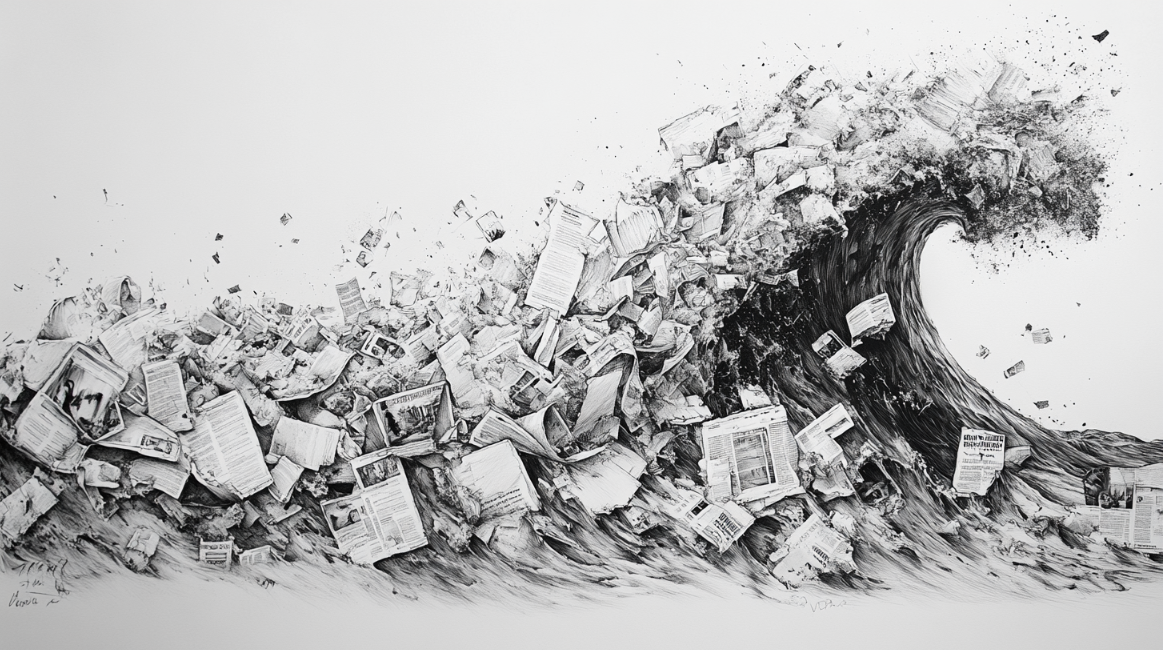Attention is limited, but content is almost unlimited.
In that situation, content that provokes a strong emotional reaction will rise to the top. Outrage-driven content will outperform neutral content and get more engagement.
This is why the major news organizations have stopped trying to be neutral, objective observers, and have gone all-in with a partisan agenda.
The ugly truth is that polarization is the right business model in an environment flooded with content. Neutrality is a losing strategy.
It’s tempting to think that the increase in amateur content would create an opportunity for curated, high-trust news sources. That’s both true and false.
It’s true in specialized fields, like law, engineering, technology, or finance, where the consequences of being wrong are real, and where success is measurable.
It’s false in other areas, where the consequences for being wrong are more nebulous.
After all, are there any practical consequences to believing the Earth is flat, or that 9/11 was an inside job? It’s uncomfortable to think that people believe that stuff, but frankly … it doesn’t really matter.
With the “tsunami of BS” from AI-created content, this problem is only going to get worse. The ratio between available content and available attention will skyrocket.
What you can do
Where are the opportunities for publishers in this content-rich environment? Here are some ideas.
- Personality-driven content will continue to thrive. Invest in characters.
- Better technologies for users to curate their own content will become increasingly necessary. Invest in technology to sort and organize.
- Expert advice and analysis will continue to be at a premium in areas where there is a clear price for being wrong.




